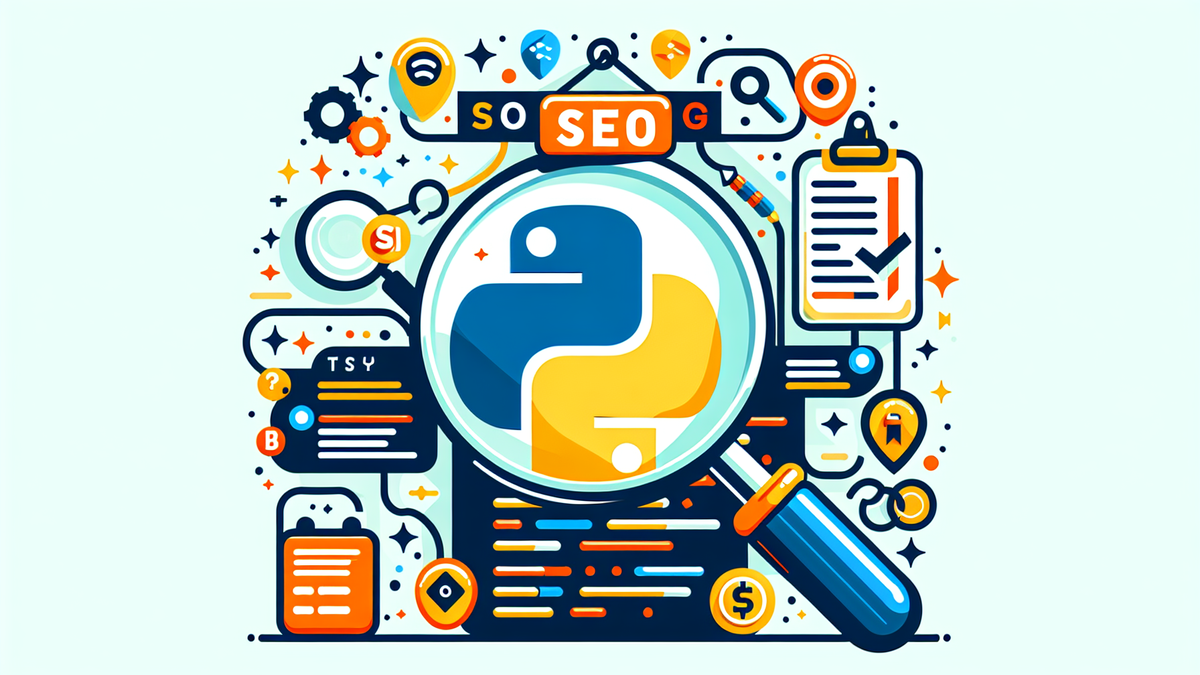Python-powered SEO: Best Practices and Tips
In the context of the increasingly important topic of search engine optimization (SEO), Python plays an increasingly vital role. In this article, we gather some best practices and tips for using Python for SEO optimizations, including the use of the Python module "aseo".
1. Efficient Crawling and Scraping
With the Python module "scrapy", you can conduct efficient web crawling and scraping to gather and analyze data relevant to optimizing your website. An example of this is AI-KI-SERVICE.com, which uses the module to crawl competitor websites to analyze their page structure and keyword usage.
2. Text Optimization through Semantic Analysis
With the Python module "nltk", you can analyze and optimize the semantic properties of your texts to better align them with search engines. An example of this is the use of classification algorithms for the text to identify which keywords are most important and how they can be optimized.
3. Automation of SEO Tasks
With Python, you can also initiate some automated SEO processes that make your work easier and more efficient. For example, you can create rules with the "beautifulsoup" module to automatically perform SEO tasks on your pages, such as replacing keywords or optimizing titles and meta tags.
4. Monitoring and Reporting
Regular monitoring of the website and keyword rankings can also be helpful for improving your SEO to identify where improvements are needed. With Python, you can automate this monitoring and simplify reporting by, for example, using the "requests" module to call a search engine's website and retrieve the ranking of your keywords.
In summary, Python offers a wide range of possibilities for optimizing your SEO, from efficient crawling and scraping to semantic analysis and automated processes. By utilizing appropriate modules, you can make your work easier and more effective.
Note on AI-generated sample content
This post was created automatically and serves demonstration and testing purposes only (sample article). It does not represent editorial or legal evaluation.
In productive setups, similar content is reviewed and approved in the admin area before publication. Despite care, errors may occur; no guarantee for accuracy, completeness or legal compliance is given.
Have you discovered a violation or issue? Please let us know via the contact form.
